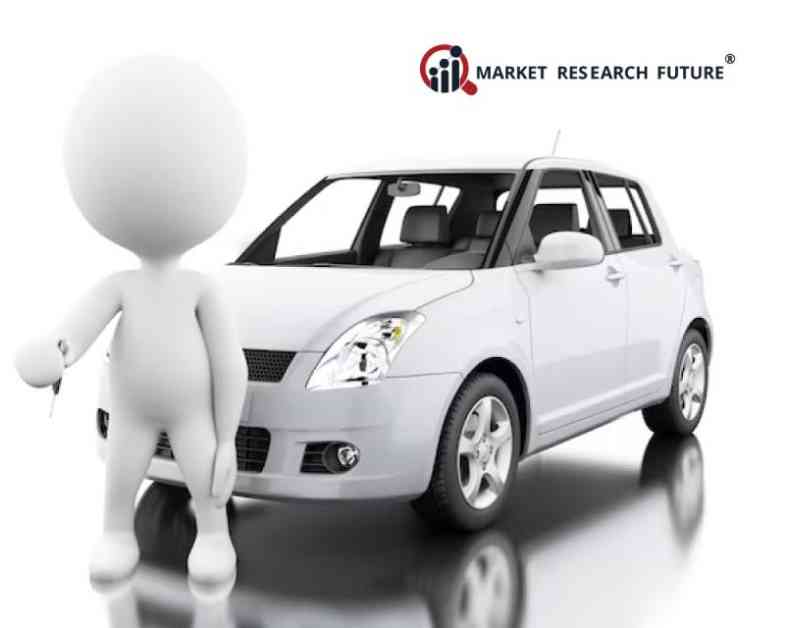The global Automotive Luxury Vehicle Market is predicted to grow at a 7.50% CAGR between 2023 and 2032, according to Market Research Future (MRFR). The outbreak of COVID-19 has significantly impacted traditional offline lead generation and sales of luxury cars. However, manufacturers and dealers have transitioned to online sales to engage with potential buyers through digital channels, leading to significant market growth.
The market size of the global Automotive Luxury Vehicle Market is experiencing notable growth due to increasing sales of luxury vehicles, continuous product launches, and rising aftermarket activities. Economic growth worldwide had been driving demand in the automotive industry until the recent pandemic. Nevertheless, the market has shown signs of recovery in the past few months, further boosting growth.
Advancements in technologies and manufacturing processes are also contributing to market growth. The growing adoption of luxury cars to enhance comfort and reduce maintenance costs is a key driver of market growth. Moreover, the increasing sales of luxury vehicles and sports cars, along with the rise in smart and autonomous vehicle sales, are positively impacting market revenues.
In terms of competition, the Automotive Luxury Vehicle Market is highly competitive and fragmented, with several prominent industry players implementing strategic initiatives such as mergers & acquisitions, collaborations, innovations, and brand strengthening to gain a larger market share. Key players in the market include BMW, Tesla, Inc., Denso Corporation, Delphi Technologies, Inc., Daimler AG, Audi AG, Robert Bosch GmbH, NXP Semiconductors NV, Infineon Technologies AG, General Motors Company, Porsche AG, and Continental AG.
The market is segmented based on body type, component, fuel type, end-user, and regions. Body types include SUVs, sedans, hatchbacks, and others, while components consist of LiDAR, biometrics, sensors, radar, and others. Fuel types range from petrol, diesel, ICE, BEV, FCEV, to hybrid, and end-users include car pooling, personal mobility, and others. The regions covered are the Americas, Europe, Asia Pacific, and the Rest of the World.
In a recent development, British carmaker Rolls-Royce launched a $311,000 car as demand for luxury vehicles returns to normal despite the ongoing COVID-19 crisis. The latest Ghost model from Rolls-Royce is the most technologically advanced yet, showcasing a complete redesign. The market for luxury cars is gradually recovering in Asia, Europe, and the Middle East, with Rolls-Royce sales rebounding after a 30% decrease in the first half of the year.
Regionally, Europe leads the global Automotive Luxury Vehicle Market, being the hub for expensive and high-end car manufacturers. Germany, in particular, is home to the world’s largest luxury car brands, driving market development. North America follows closely, with a strong demand for luxury vehicles and a significant share in the market. The Asia Pacific region is also experiencing rapid growth, with countries like Japan, China, South Korea, and India driving market expansion through increasing production and sales of luxury vehicles.
In conclusion, the Automotive Luxury Vehicle Market is poised for substantial growth in the coming years, driven by technological advancements, increasing sales of luxury vehicles, and recovering demand post-pandemic. With key players innovating and expanding their market presence, the industry is set to witness significant developments and opportunities for growth.
